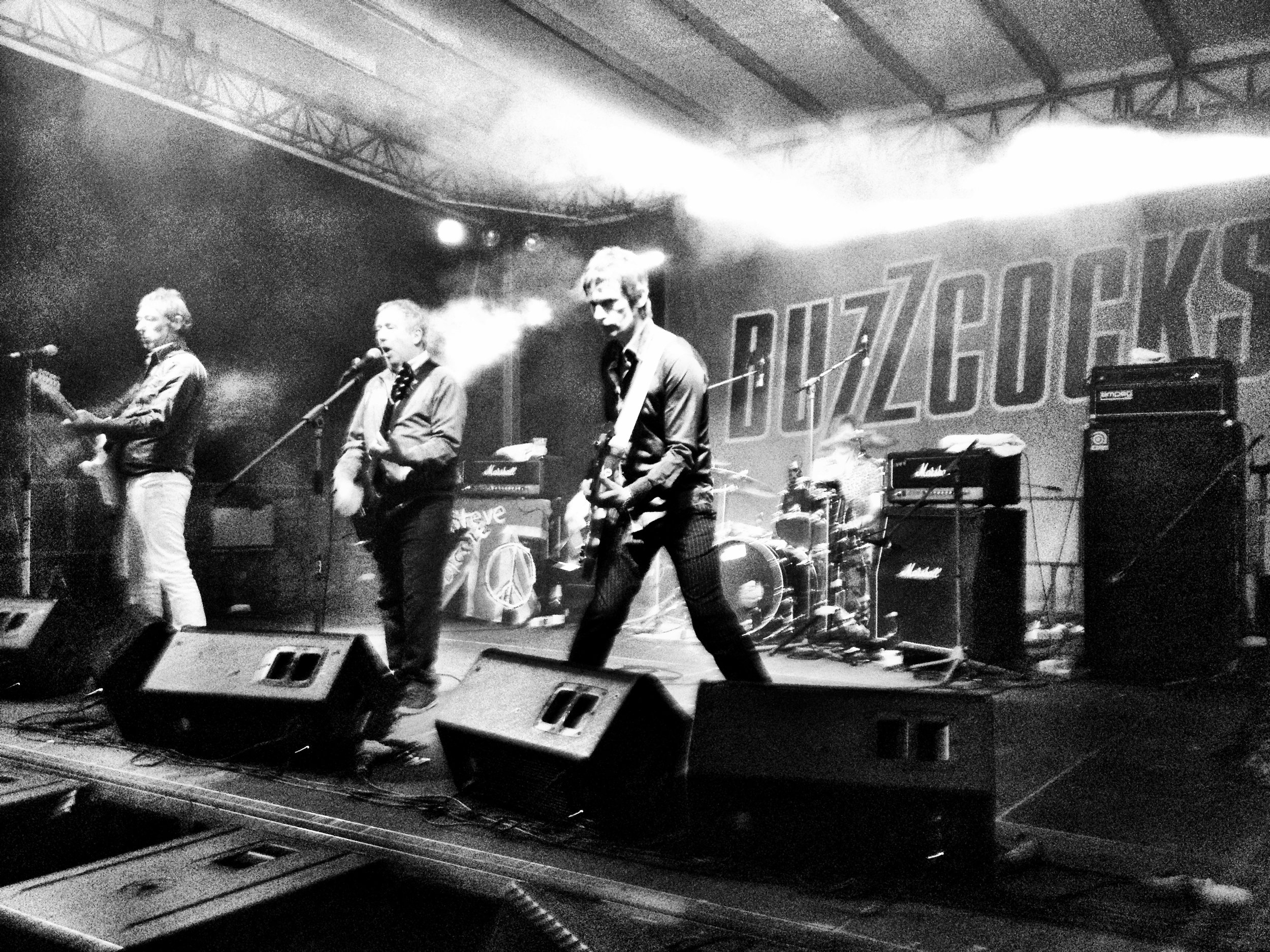by Quinn Marchese
Many attribute the inception of independent music with the release of the Spiral Scratch EP, by Buzzcocks in 1977. This was the fist punk record to be self-released by a band, rather than with the help of a supporting record company. Later, during the 1980s, the term ‘indie’ came to refer to records that released on post-punk labels, rather than major record labels, such as Capitol, Warner Bros, and Mercury.
In America, indie music was predominantly college rock and normally was used in rotation at the small radio stations owned by some universities. Early acts that were associated with such stations included R.E.M. and The Smiths, The Cure and The Cars. Said bands were somewhat dissociated with the culturally prevalent acts of the time, ignoring the synth-driven, machine-like pop of the late 70s, early 80s. Because of the upsurge of bands becoming independent, numerous indie labels were founded in the 1980s in response to the underground movement. Notables include Seattle-based Sub Pop Records, NYC label Matador Records, Dischord and Merge Records, among others.
It was about this time when, arguably, the most prominent branch of indie rock was popularized, known now as noise rock. Bands like Sonic Youth, Butthole Surfers, Pixies, Swans, and Big Black pioneered the outbreak of this sub-sub-genre, and spawned countless similar musical acts and influenced bands like Nirvana, Pearl Jam, On A Friday, Soundgarden, and Hole. Each of the aforementioned groups were 90s groups; there’s still a huge influence the pioneers of noise rock have on current music and the independent scene.
Back to the nineteen-eighties, another sub-genre was created. In 1986, the UK publication NME released a compilation tape featuring acts like Primal Scream and The Pastels. This tape was labeled by the magazine as “indie pop” and had a major affectation on the future of the United Kingdom’s independent scene. Indie pop gave way to “shoegaze”, another sub- sub-genre, that also still has it’s meaty grasps on today’s independent acts. Dinosaur Jr., Cocteau Twins, New Order, and The Jesus and Mary Chain are all cited as early adopters of the style that is now notably among acts such as Beach House, Jungle, Radiohead, and Metric.
Another genre worth mentioning also spawned from the NME tape: known as the Madchester scene, this post-psychedelic form of indie was mainly popularized in the early 90s by groups such as The Stone Roses. The group and the movement was characterized by a mix of acid and house music with a guitar-driven lead. Some would also add a “jangly, pop feel” to that description as well. This scene, while influential, doesn’t present itself much in the modern independent music anymore.
The Nineties. This was when the indie genre reached commercial success. For example, the grunge acts like Nirvana, Pearl Jam, Hole, Soundgarden, and others broke into the mainstream with their music. Each of these bands had charting singles and surprised many when fans realized that they weren’t backed by a major label. This era of indie was placed under an umbrella known as alternative rock. This currently doesn’t imply the same genres, but was the term for most popularized indie bands.
Grouped in with the grunge acts were bands like Oasis and Blur, the notable Britpop acts of the nineties. Also included were groups like Violent Femmes, The Offspring, Green Day, and Husker Du, all described as examples of the time, but not hugely influential in todays music.
It was at this point that indie rock subtly changed it’s meaning; as a lot of the alternative era wasn’t actually indie, indie came to further refer to bands themselves, rather than the musical style. It seems redundant, however, during the late 80s, indie rock and indie pop, came to be a genre, not a movement, and now it was changing back.
In the 2000s, most indie artists turned away from trying new things, because, as was seen during the eighties and nineties, they changed quite a bit of the music industry in response. The Revival movement is my generic term for the indie scene during this time, as most bands were shifting away from eccentric, avant-garde music and back to a fairly basic, but palatable rock and roll, punk, or new-wave structure.
Commercial success of the era was led by four groups. The Strokes, from New York City, was launched into the mainstream by their first album, Is This It?(2001). Detroit’s The White Stripes released a third record, White Blood Cells, and became popular after notable uses of their older tracks, like “Seven Nation Army”. Sweden’s The Hives also came into prominence, with songs like “Hate To Say I Told You So” and “Main Offender” and “Die, All Right”. The fourth act to rise up during the revival era is Australia’s The Vines, tracks like “Get Free” and “Ride” getting extensive coverage and airplay, all while being independently produced and released.
Various other sub-genres spawned from each era of indie music, including garage rock, noise pop, and landfill rock. The main genres of indie music remain a staple of the industry, with artists being featured in film, television, and games. All of this exposition brings us to now, where just about every sub-genre is explored by the DIY crowd, bands like FIDLAR and White Denim, and also bigger artists like Radiohead, Arcade Fire, and Danger Mouse.
Independent Music: A Basic History

